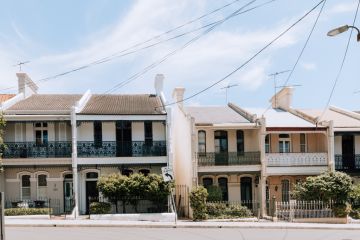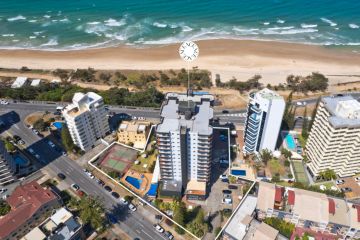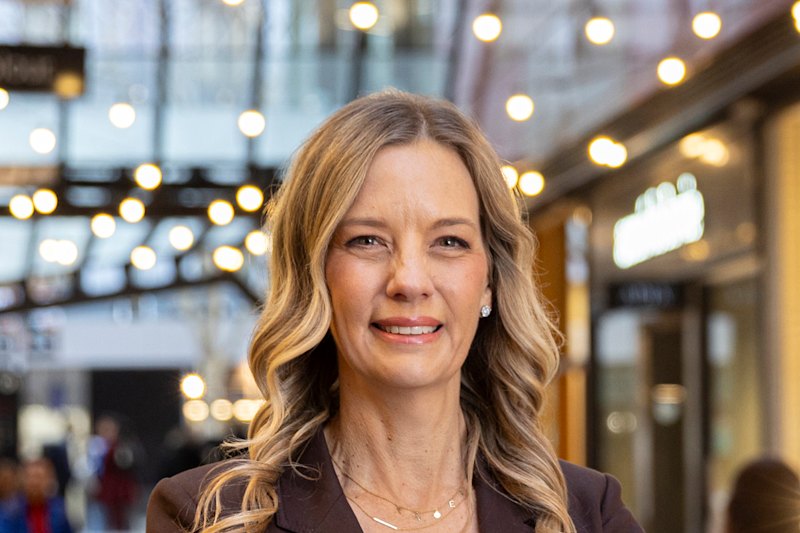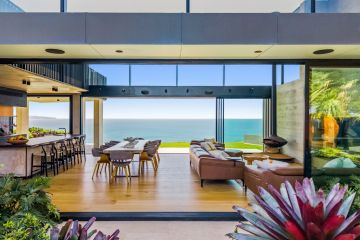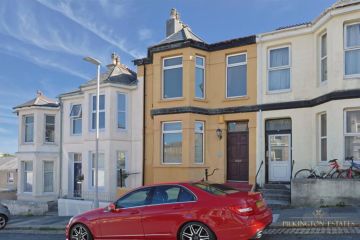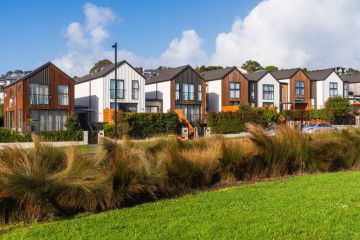The home buyers with a pathway to cut energy bills by 20 per cent
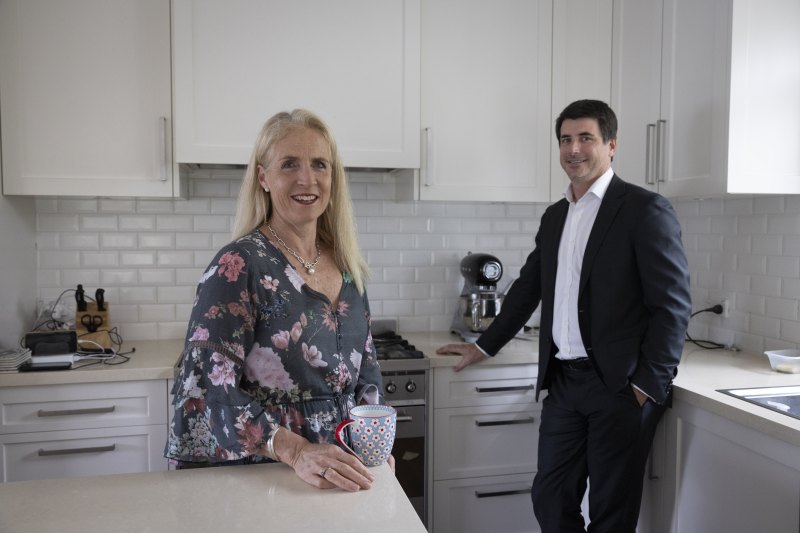
Many homeowners would like to make sustainable upgrades to their property, but even simple sounding switches can become complex and costly when they have not been planned for.
It will be a different story for residents of a new hybrid development on Sydney’s north shore, though, where infrastructure is being put in place to make sustainable swaps simpler as demand for electric living grows.
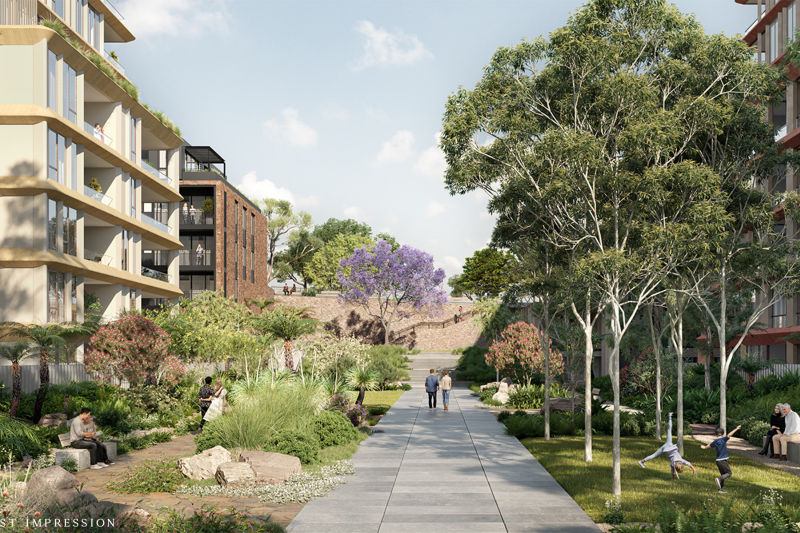
Residents of NINE by Mirvac – a 442-unit development under construction at the former Channel Nine site in Willoughby – will be able to adopt electric living at their own pace, and opt in to such features as electric vehicle charging and induction cooking when they choose.
The stepped approach has the potential to reduce ongoing energy costs by up to 20 per cent, said Toby Long, Mirvac’s general manager of residential development NSW.
“Electric is going to be the way of the future, but a lot of our customers aren’t there yet,” he said.
Mirvac is banking on growing demand for electric living, and has invested in increased sub-station capacity, upgraded backbone cabling to each building and enhanced submains to every apartment so that residents can make an easier transition to electric living when they chose to do so and could afford it.
“A lot of people … think they’ll eventually just be able to take their gas cooktop and put an electric cooktop in. You can’t actually do that unless you’ve got the backbone and infrastructure that allow you to and that’s what we’ve put in here,” he said.
“We’ve tried to foolproof it for the future.”
Residents can choose to go electric from the start. About 15 per cent of purchasers had taken up the induction cooking upgrade, at a cost of $5000 to $7000, while about 20 per cent opted for EV charging, at a cost of $12,000 per space.
The development will feature an all-electric building, with 36 apartments, which will be a pilot to identify and adapt to usage trends over time.
Buyers Kai and Neale Jones don’t have an electric car yet, but they were among those who opted to upgrade to a car space with EV charging. Their two-bedroom unit will initially be an investment property but may serve as a rental for their children or as a city pad for themselves in future.

“We thought that it would be attractive to tenants,” Mr Jones said.
“And longer term, when it comes to the point when we may want to be using [the apartment] for ourselves, we will most likely have an electric vehicle at that point, so it made a lot of sense to make the change now, and get it built-in rather than having to retrofit.”
Their apartment will have a gas cooktop, but they would consider switching to induction in future.
The development, designed to average a seven-star energy efficiency rating, will have solar panels to power common areas, a rooftop rainwater catchment system and double-glazed external windows.
NSW Treasurer and Energy Minister Matt Kean, who inspected the site on Friday, said such projects would be critically important to helping the nation reach net zero. Making buildings more energy-efficient was also good for business, as it could reduce ongoing energy costs.
“Being good for the environment is good for business, and that’s what Mirvac is doing every day,” Kean said.
“[But] it’s not just up to businesses like Mirvac, it’s important for all of us to lead the way when it comes to reducing our carbon footprint because at the end of the day we all have a combined stake.”
Demand for all electric homes was growing, said Jorge Chapa, head of market transformation at the Green Building Council of Australia. Mirvac’s hybrid approach made sense when the project was planned, and they had shown leadership, he said, but such features should become the norm for new buildings in future.
“The question shouldn’t be whether you electrify or not, there are phenomenally miniscule situations where electrification will not work in a building … electrification should be the thing people are now looking at, and we are seeing that in the buildings that will come online in the next few years,” he said.
Chapa welcomed recent changes to the national construction code and tougher energy-efficiency rules introduced for homes in NSW, but said more needed to be done by governments to encourage the electrification of buildings – key to reducing carbon emissions and household energy costs.
Governments needed to send strong policy signals to start electrifying buildings now, and should upgrade social housing properties, which would drive up demand for skills and supplies.
We recommend
States
Capital Cities
Capital Cities - Rentals
Popular Areas
Allhomes
More
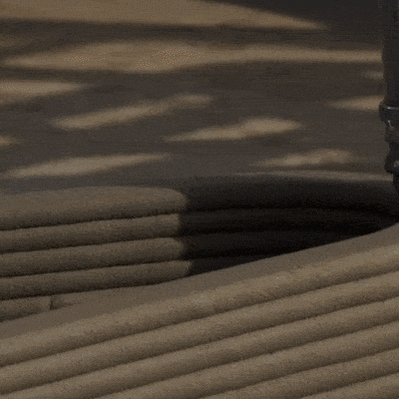
/http%3A%2F%2Fprod.static9.net.au%2Ffs%2F6b8aff2f-28f1-4903-859b-4f4a46887288)
/http%3A%2F%2Fprod.static9.net.au%2Ffs%2F1ffb51c8-50a4-4494-86db-105af632409b)
